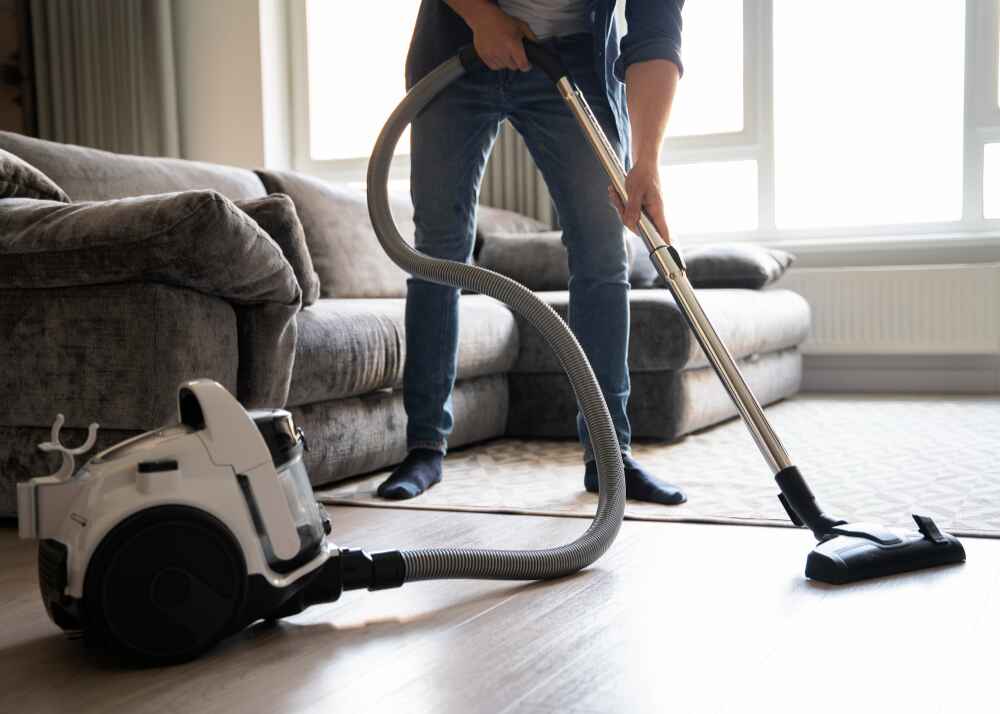Tile and grout can enhance the aesthetic appeal of any space, whether it's a bathroom, kitchen, or entryway. However, over time, tiles can lose their luster and grout can become discolored due to dirt, mold, and mildew buildup. Removing stubborn stains from tile and grout may seem like a daunting task, but with the right approach and tools, you can restore their original beauty. Here's a comprehensive guide on how to effectively tackle those tough stains.
Understanding the Causes of Stains
Before diving into the cleaning process, it's essential to understand what causes these stains. Common culprits include:
- Dirt and Debris: Foot traffic can track in dirt and debris, which settles into the porous surface of grout.
- Mold and Mildew: Bathrooms and kitchens are prone to high humidity, creating an ideal environment for mold and mildew growth.
- Spills: Spills from coffee, wine, or other substances can leave behind tough stains if not cleaned immediately.
- Hard Water: Minerals in hard water can leave behind deposits that stain tiles and grout.
Essential Tools and Supplies
To effectively remove stains, gather the following supplies:
- Baking Soda: A natural abrasive that helps lift stains.
- White Vinegar: Known for its disinfecting properties, it helps break down dirt and mold.
- Hydrogen Peroxide: A powerful bleaching agent that can lighten stains.
- Lemon Juice: Contains natural acids that help dissolve stains.
- Commercial Grout Cleaner: For particularly tough stains, a specialized cleaner may be necessary.
- Scrub Brush: A stiff-bristled brush for scrubbing grout lines.
- Toothbrush: For detailed cleaning in hard-to-reach areas.
- Spray Bottle: For applying cleaning solutions.
- Microfiber Cloths: For wiping down surfaces.
Step-by-Step Cleaning Guide
1. Initial Cleaning
Begin by sweeping or vacuuming the tile and grout to remove loose dirt and debris. This step ensures that you aren't scrubbing dirt deeper into the grout.
2. Apply Baking Soda Paste
Mix baking soda with a small amount of water to form a thick paste. Apply the paste to the stained grout lines using your scrub brush or toothbrush. Allow the paste to sit for 10-15 minutes. Baking soda's abrasive nature will help lift surface stains.
3. Spray with Vinegar
Fill a spray bottle with white vinegar and spray it over the baking soda paste. The mixture will fizz, which helps to break down stains. Let it sit for another 10-15 minutes.
4. Scrub the Grout
Using your scrub brush or toothbrush, scrub the grout lines thoroughly. Apply firm pressure to ensure you are removing as much of the stain as possible. For particularly stubborn stains, you may need to repeat the process.
5. Rinse and Dry
Wipe down the tiles and grout with a damp microfiber cloth to remove any remaining baking soda and vinegar residue. Dry the area with a clean cloth to prevent water spots and new stains from forming.
6. Hydrogen Peroxide Treatment
For persistent stains, apply hydrogen peroxide directly to the grout lines. Allow it to sit for 10-15 minutes before scrubbing again. Hydrogen peroxide acts as a bleaching agent, helping to lighten dark stains.
7. Commercial Grout Cleaner
If natural methods fail, consider using a commercial grout cleaner. Follow the manufacturer's instructions carefully, as these products can be potent. Ensure proper ventilation while using chemical cleaners.
8. Lemon Juice for Final Touch
For a natural freshening up, apply lemon juice to the grout lines. The acidity of the lemon juice helps dissolve any remaining stains and leaves a pleasant scent.
Preventing Future Stains
Once you've successfully removed the stains, take steps to prevent future buildup:
- Seal the Grout: Apply a grout sealer to protect against moisture and stains. Reapply the sealer every 6-12 months.
- Regular Cleaning: Clean your tile and grout regularly to prevent dirt and mold buildup. A weekly cleaning routine can significantly reduce the need for deep cleaning.
- Quick Spill Cleanup: Immediately clean up spills to prevent stains from setting in.
- Use Mats and Rugs: Place mats and rugs in high-traffic areas to reduce dirt and debris on your tiles.
Conclusion
Removing stubborn stains from tile and grout may require some effort, but the results are well worth it. With the right tools and techniques, you can restore your tile and grout to their original pristine condition. Regular maintenance and preventive measures will keep your tiles looking fresh and clean for years to come.
When it comes to maintaining the pristine condition of your tiles and grout, choosing a reliable and efficient cleaning machine is crucial. At Steamaster, we offer high quality tile and grout cleaning machines designed to tackle the toughest stains with ease. Our machines are equipped with advanced features that ensure deep cleaning, high performance, and durability. By opting for a Steamaster cleaning machine, you invest in a tool that delivers exceptional results, saves time and effort, and extends the lifespan of your tile surfaces. Trust Steamaster to provide the quality and reliability you need for a spotless home or business.






Comments